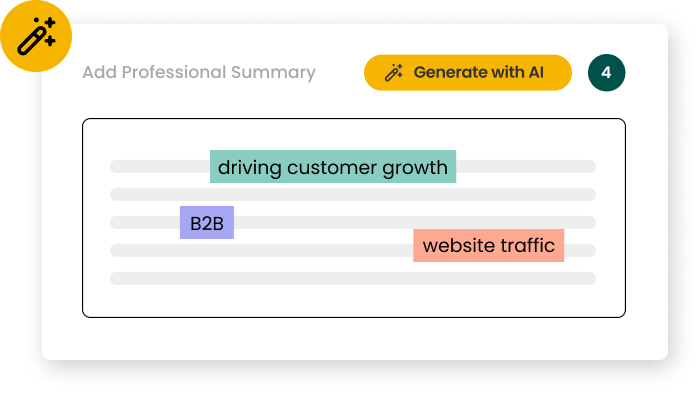How long should I make my Electrical Designer resume?
For an Electrical Designer resume in 2025, aim for a concise one-page document, or two pages maximum if you have extensive experience. This length allows you to showcase your most relevant skills and projects without overwhelming recruiters. Focus on recent, impactful work and use bullet points to highlight key achievements. Tailor your content to the specific job requirements, emphasizing your expertise in electrical design software and industry-specific knowledge.
A hybrid format works best for Electrical Designer resumes, combining chronological work history with a skills-based approach. This format allows you to showcase your technical proficiencies alongside your professional experience. Include sections for summary, skills, work experience, education, and certifications. Use a clean, professional layout with consistent formatting. Incorporate industry-specific keywords and highlight your proficiency in CAD software, electrical codes, and sustainable design practices to align with 2025 industry standards.
What certifications should I include on my Electrical Designer resume?
Key certifications for Electrical Designers in 2025 include Professional Engineer (PE) license, Certified Electrical Designer (CED), and LEED Accredited Professional. These certifications demonstrate your expertise and commitment to the field. Additionally, consider including relevant software certifications like AutoCAD Electrical or Revit MEP. List certifications in a dedicated section, including the certifying body and date of acquisition. Prioritize the most relevant and recent certifications to showcase your up-to-date knowledge and skills in the rapidly evolving electrical design industry.
What are the most common mistakes to avoid on a Electrical Designer resume?
Common mistakes on Electrical Designer resumes include overemphasis on general duties rather than specific achievements, neglecting to showcase proficiency in the latest design software, and failing to highlight experience with emerging technologies like smart grids or IoT integration. To avoid these pitfalls, focus on quantifiable accomplishments, emphasize your expertise in cutting-edge design tools, and showcase your knowledge of current industry trends. Additionally, ensure your resume is free of technical jargon that might confuse non-technical recruiters, striking a balance between demonstrating expertise and maintaining clarity.
